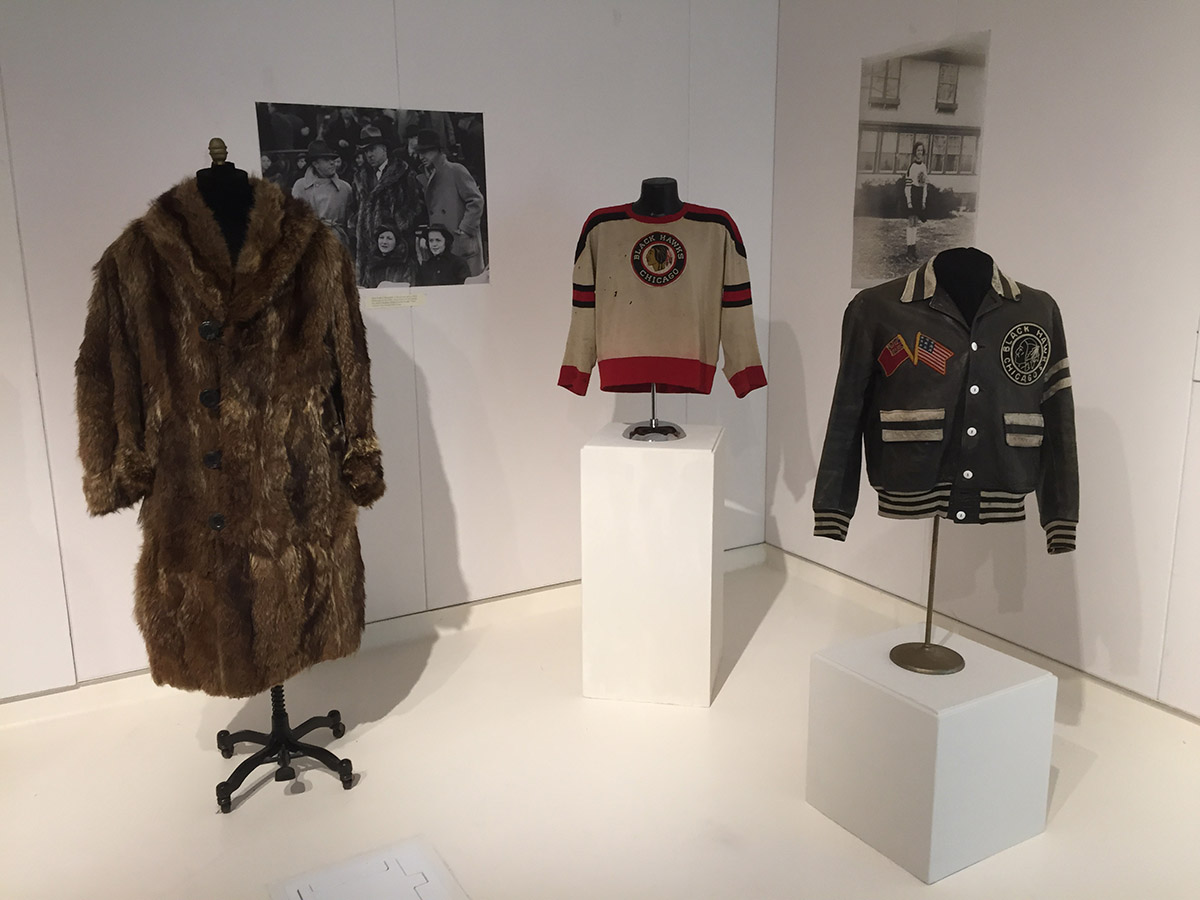America's first best-dressed woman set style from Ithaca
By H. Roger Segelken

If it’s utterly inconceivable that little old Ithaca could set style and fashion trends anywhere, ever, then the Cornell Costume and Textile Collection and the Wharton Studio Museum present the case of the entrepreneurial silent film star.
“The Biggest Little Fashion City: Ithaca and Silent Film Style,” a multimedia exhibit running through Aug. 15 in the Human Ecology Building, has more foreshadowing, cliffhangers and surprise endings than the popular silent films and serials produced by the Wharton Studio in the early 1900s.
“We wanted to explore all the ways silent film revolutionized dress and fashion communication,” said Denise Green ’07, director of the university’s costume collection and curator of the exhibit, a project funded in part by the Cornell Council for the Arts.
Pointing to glittery, century-old dresses, Green described two kinds of artifacts. She said the array of garments and accessories worn by silent film stars – alongside original pieces by internationally recognized designers who dressed the stars at a time when studios didn’t always have formalized costume departments – “shows how silent films from Ithaca enabled new fashion possibilities that came to epitomize 1920s style.”
The design-minded spouse in the Vernon and Irene Castle ballroom dance duo is the entrepreneurial heroine of the exhibit.
Diana Riesman, executive director of Wharton Studio Museum, a local organization committed to preserving and celebrating the region’s silent movie history, recalled: “Going into the project I was already aware of Irene Castle’s celebrity beyond her career as an actress – her dancing, her fashion sense and her business acumen – but I was surprised by the breadth of influence she had on fashion and women of that time. Just looking at the hundreds of never-before-seen photographs of Castle that were digitized for the exhibit – and such ephemera as the advertisements and articles about her business enterprises – one is bowled over. She must have been one of the most-photographed women of the time.”
In fact, Castle “was the first, ‘best-dressed woman’ in America, and she leveraged that acclaim to excel in fashion merchandizing,” said Green, who said Castle invented cross-promotional merchandise tie-ins with her films:
“Irene Castle was an arbiter of fashion; she became the first film actress to have her own line of clothing, working with the Corticelli silk mills in Massachusetts, to produce a very high-end line called Irene Castle Corticelli Fashions. This wasn’t just a film star endorsing a line of clothing. Irene Castle was actually designing, making and merchandising products associated with her name.”

Next, Castle promoted a budget line of dresses, which she designed sold for $2.98 apiece in the Phillipsborn’s mail order catalog.
Irene Castle did not only design women's fashion, but sportswear as well: in 1926 she designed the logo and original uniforms for the Chicago Blackhawks. These items are on loan from the Hockey Hall of Fame and included in the exhibit.
Green thinks students in the College of Human Ecology’s Department of Fiber Science & Apparel Design could take a lesson from Castle (1893-1969), who “always remained focused on the fabric – the textile is foundational.” Castle developed Satin Patria, named for Wharton Studio’s patriotically themed serial, “Patria,” according to Green. “She was building excitement around her film by creating and branding this fabric, and tying in to the patriotic aesthetic that was important toward the end of World War I.”
Enough foreshadowing. On to the cliffhanger: Irene’s dance partner Vernon, a decorated fighter pilot with more than 300 combat missions to his credit, is flying over Texas when his biplane goes down. Will he survive?
No, but the student pilot does. Will a devastated Irene rebound?
Very much so. Entrepreneurial Irene marries Robert E. Treman, scion of a prominent local business family, and they move into Greystone, now the Sigma Chi fraternity house.
“The Biggest Little Fashion City” exhibit is open daily, 7:30 a.m. to 10 p.m., with free campus parking on weekends and after 5 p.m. on weekdays.
H. Roger Segelken is a freelance writer.
Media Contact
Get Cornell news delivered right to your inbox.
Subscribe